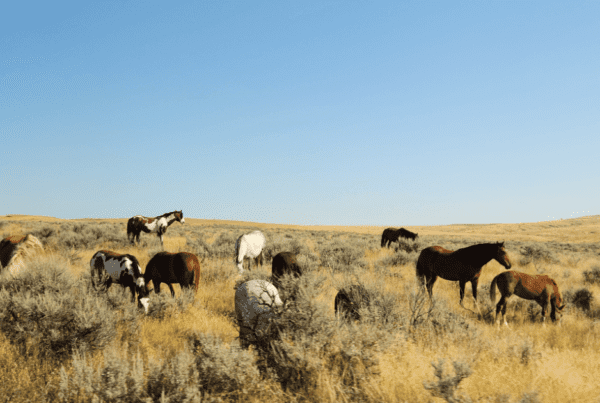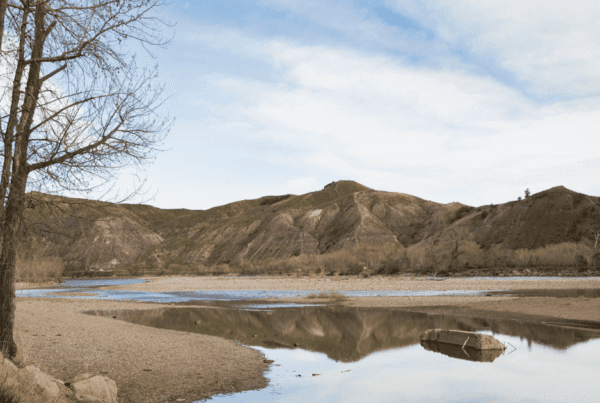Highlights | Traditions to honor a new chapter
- This year, 15 medical students graduated from the Indian Health Pathway.
- The pathway trains students to provide respectful, culturally sensitive care to American Indian and Alaska Native populations.
- Each year, graduating students are honored during a traditional Native American blanket ceremony.
- At the ceremony, mentors speak of students’ achievements and students give gifts to people who supported them.
This past May, graduating medical students in the UW School of Medicine’s Indian Health Pathway got to participate in an event that has a 28-year history at the School: the blanket ceremony.
Like the graduation and hooding ceremony of Westernized cultures, the blanket ceremony is a way of honoring students, but it also draws on traditional practices from many Native American tribes.
“A blanket ceremony is a traditional way to honor someone and show them respect,” says Jason Deen, MD, (Blackfeet), a pediatric cardiologist at the UW Medicine Heart Institute and director of the Indian Health Pathway. “The ceremony is a way to celebrate student successes. Hooding is important, but this is more individual and personal. We call on students’ mentors and folks who know them well to celebrate them and elevate their work.”
The recent 2022 blanket ceremony was the first in-person one since before the pandemic, held at the wǝɫǝbʔaltxʷ – Intellectual House. This year, 15 medical students graduated from the Indian Health Pathway, seven of whom are Native.
“The ceremony begins with a traditional opening where we acknowledge our world and our ancestors,” Deen says. After the ceremonial opening, Deen and guest speakers say a few words to honor the graduating class. This year the guest speakers were Paul Ramsey, MD, CEO of UW Medicine; and Paula Houston, EdD, chief equity officer and director of the Office of Healthcare Equity.

Dr. Jason Deen with Dr. Terry Maresca, MD, (Mohawk), UW Clinical Faculty
Blanketing the graduates comes next. This year’s blankets came from a collaboration with local Native-owned company Eighth Generation. Each blanket was chosen specifically for each student: If the student is Native, the blanket matches the designs of their tribe or similar tribes; if the student is non-Native, the blanket design represents where they’re from or where they’re headed for the next phase of their training.
“We always ask for mentors of the graduates to be involved. It is traditional practice for folks not to speak of their own accomplishments, so their mentor does that during the ceremony,” Deen says.
There is a song to honor students and time for them to follow traditional practices from their tribes, if they wish to. Sometimes students’ families will present them with gifts, though it’s more traditional for the opposite to occur.
“It is traditional for the person who’s graduating to give gifts to others, particularly those who have helped them along the way,” Deen says. “This year Native students did a giveaway where everyone in attendance got a gift. The students spent months preparing, and many of the gifts were handmade.”
For Native students, the ceremony can be a time to reconnect with their cultural practices and traditions during a time of change in their lives. Western medical education can be isolating and overwhelming for Native students because it can be very different from traditional medicine and ways of knowing. The ceremony shows them that they are recognized as whole people, Deen says.
That is at the heart of the Indian Health Pathway: Finding ways to integrate Native spirituality, cultures and traditions with U.S. healthcare. The program prepares students to better serve Native patients and communities plus conduct research that benefits American Indian and Alaska Native populations.

The 2022 graduating Native medical students with Native doctors at UW Medicine. Deen is on the far left. On the far right is LeeAnna Muzquiz, MD, associate dean for admissions.
Photo credit: © Dan Olson


